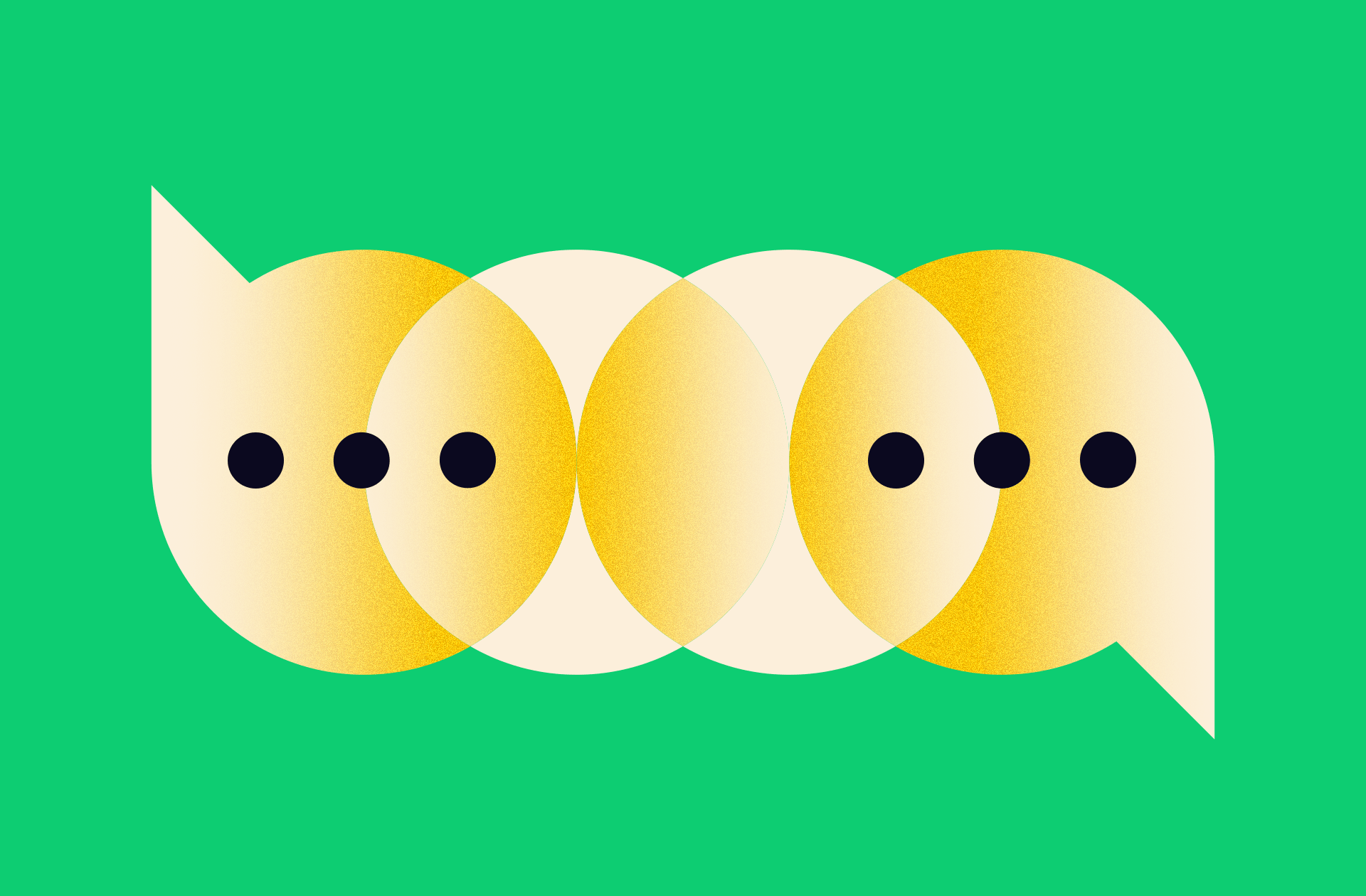When you’re dealing with a 22-year-old company that has 1.7 million customers globally, changing your brand isn’t just a creative exercise. It’s a strategic necessity that can make or break your business. So, when Docusign decided to expand from an e-signature solution into a full agreement platform, they knew they had a challenge ahead of them.
But the rebrand wasn’t just a visual challenge; it was foundational. They needed to shift from being the accessible brand to a sophisticated thought leader—and do it without losing their existing customer base. How’d they pull it off? By reassessing and reshaping their brand archetypes.
As Carla Weis, VP of Brand at Docusign, shared on the Best Story Wins podcast, it wasn’t easy work. But it was well worth it. Docusign proved to have one of the most successful B2B rebrands in recent memory, and their approach proves that archetypes aren’t just theoretical frameworks. They’re practical tools that can guide key decisions and help you create a brand that truly resonates.
Brand Archetypes: The Key to Docusign’s Success
So, what can we learn from Docusign’s success? To create strong archetypes, you need to take a critical look at your brand and rebuild with intention. Here’s how Carla and her team did it (and how you can follow in their footsteps if you’re struggling with the same transition).
1) Diagnose why your current archetype no longer serves you.
It’s easy to assume your existing brand personality will stretch to accommodate new offerings. But sometimes, business evolution requires fundamental archetype shifts.
Docusign’s transformation started with a fundamental business shift in 2023, when they decided to pivot the company’s product strategy from being a singular e-signature solution to a full agreement platform.
This wasn’t just about adding new features; it was about repositioning the entire company in a more sophisticated market. The problem? Their existing brand archetype no longer matched their new business reality.
Carla says their previous brand archetype was more of an everyman, as anybody could sign a Docusign from anywhere in the world. (Think brands like IKEA or Target, which are accessible, affordable, and universally available.) But they needed to evolve to appeal to enterprise security leaders, legal teams, and sophisticated buyers who required a different level of credibility and expertise.
By honestly assessing why their current positioning was limiting their growth, the Docusign team was able to shape stronger archetypes that aligned with both their audience and goals.
Tip: Audit your current brand archetype against your business strategy. Who are you trying to reach, and what brands do they connect to? Do you need to be more serious or playful? More traditional or innovative? More bold or understated? The disconnect between your archetype and your business goals is often the first sign you need to evolve.
2) Build your new archetype hierarchy strategically.
Rather than choosing a single archetype, Docusign created a strategic hierarchy that could support different aspects of their business. “We landed on four archetypes in priority order, so they are not all equal,” Carla says. “In this order, they go sage, ruler, hero, and magician.”
Here’s how they broke it down:
- Sage (Primary): The wise, trusted advisor that customers look up to for expertise. Think Google or Harvard, those sources you go to for reliable information. This became Docusign’s primary archetype to establish credibility in the complex agreement management space.
- Ruler (Secondary): The premium, best-in-class option that commands respect. Think BMW or Rolex with their precision and high-tier positioning. This helped Docusign appeal to enterprise buyers who want the most respected solution.
- Hero (Tertiary): The partner who comes to save the day. Carla says this came directly from customer feedback, as “they think of Docusign as that second set of eyes or somebody who’s in their corner helping them get the deal done.”
- Magician (Supporting): The innovative, almost futuristic solution. This archetype is used sparingly, specifically for things like their AI engine Docusign Iris, where the technology “can feel like magic.”
The key insight? Docusign didn’t just pick archetypes; they prioritized them based on business needs and customer expectations.
Tip: Don’t try to be everything to everyone. Create a hierarchy that puts your most important brand attributes first, then use supporting archetypes to add depth and flexibility to your positioning.
3) Use your new foundation to guide all creative decisions.
Once the archetypes were established, Docusign used them as a practical framework for every brand decision, from their visual identity to the vocabulary they use.
For instance, Carla says their content strategy embraces industry jargon rather than avoiding it because “it illustrates to the end user that Docusign actually knows their industry really, really well.”
That approach perfectly aligns with the sage archetype because a sage doesn’t dumb things down; they demonstrate expertise through precise language that shows they understand their audience’s world.
The archetype system also guided Docusign’s brand promise development. After going through dozens of iterations, they landed on their final promise: “bringing agreements to life.” This promise works because it balances the sage’s wisdom with the magician’s innovation.
Tip: Use your archetypes as a creative filter, whether you’re brainstorming campaign taglines or article ideas. Is it the right subject matter? Does it capture the right voice? Are you speaking to the right knowledge level? The stronger and clearer your archetypes are, the easier it will be to vet content through their lens.
4) Use archetypes to filter out what your brand is not.
Many brands have an idea of what they want to be, but they don’t clearly define what they’re not.
One of the most powerful aspects of Docusign’s archetype system is that it makes it easy to identify and redirect work that doesn’t align with their strategic positioning. “When you’re choosing those archetypes, you’re actively also choosing the choices you’re gonna leave behind,” Carla says.
The elimination process also helps with resource allocation. Instead of trying to appeal to everyone, Docusign can focus their efforts on the specific brand attributes that matter most to their target audience.
Tip: Create a “we are not” list alongside your archetype definitions. Being clear about what you’re not helps teams make faster decisions and stay focused on the brand attributes that actually drive business results.
How to Implement Your Own Archetype Evolution
Docusign’s success with brand archetypes didn’t happen overnight, and it wasn’t a one-person decision. It took a lot of intentional work to bring these archetypes to life, so as you work through the process on your own, keep these tips in mind.
- Bring the right people to the table. Carla credits success to the fact that she brought her team together in person to decide what the new Docusign would sound like and look like. The process involved their CEO, president of growth, and other C-level executives, as archetype selection is a strategic business decision, not just a creative exercise.
- Stay flexible. What works for your business today might not work in three years, and that’s okay. “I think really good leaders change their mind a lot and don’t hold things so rigidly,” Carla says. “Nothing is static, especially in the age we’re living in now.” The key is having a systematic approach to evaluate and evolve your brand foundation as your business grows.
- Be patient. Brand transformation is a marathon, not a sprint. But if you get your brand foundation right, the journey to success will be much easier.
If you want to learn more about how Docusign approached their complete brand transformation, including the practical challenges of executing a rebrand in just four months, check out our full conversation with Carla on the Best Story Wins podcast. And if you’re ready to start your own brand evolution, explore our brand strategy resources to build your brand the right way.





